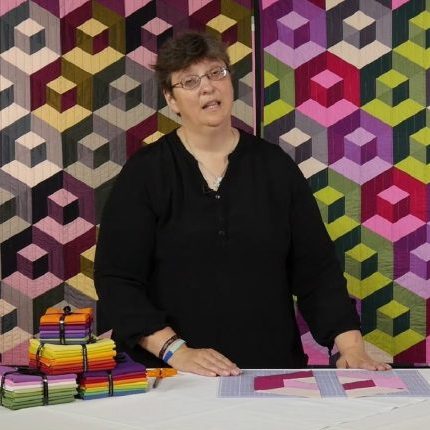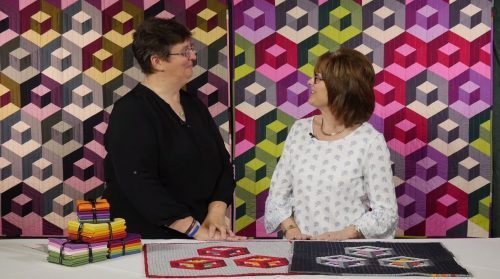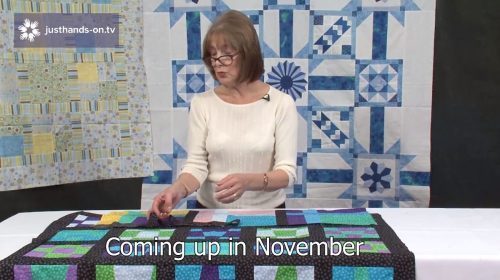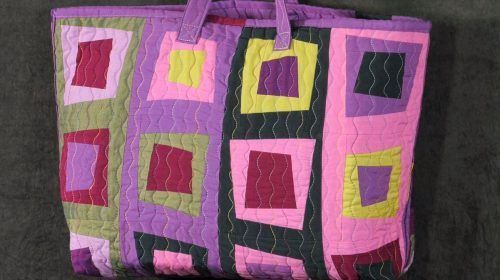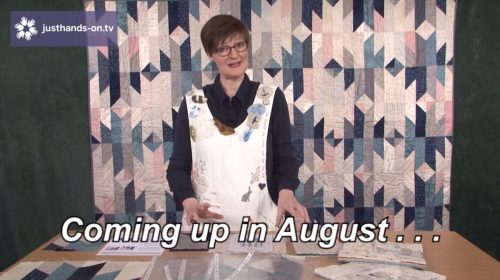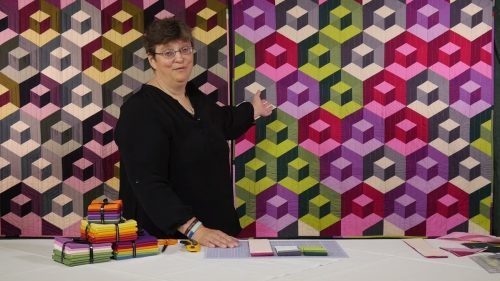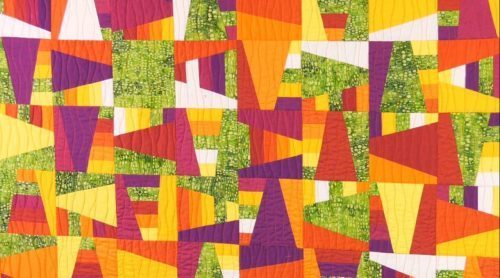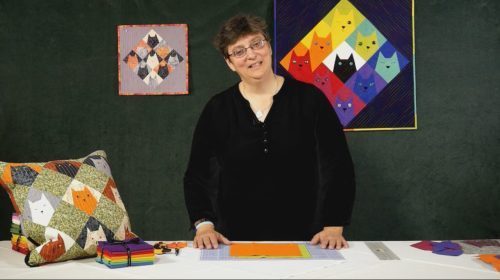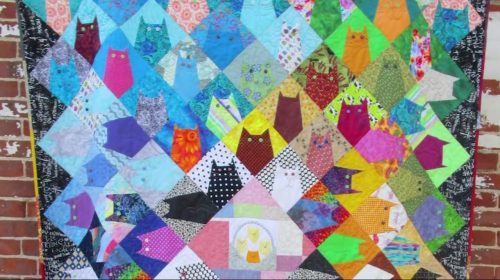About Helen
Helen can’t remember a time when she wasn’t making something. As a young child her greatest joy was the ‘useful box’ which lived in the cupboard under the stairs and was the repository for empty egg boxes, cereal packets and yogurt pots, all fantastic stuff to feed a creative mind.
When Helen was seven her Grandmother taught her to sew and opened her mind to a whole new avenue of creative expression. Helen designed and made her first full size cross-stitch sampler before she was nine, and made various garments for dolls and bears and eventually herself, creating patterns by the simple method of lying on the floor and drawing round herself, much to the amusement of her Mother & Grandmother – both accomplished dressmakers.
Helen worked in graphics, and then advertising, for ten years, until she and her partner had the opportunity to quit the London rat-race and move to Yorkshire to run the family’s marina business. During this time, Helen taught herself patchwork, quilting, beading, origami, marquetry, doll making and canvas work. She discovered that, not only does she love crafting and the challenge of learning something new, she also had a hitherto undiscovered competitive streak deep inside which prompted her to hone these new skills to the point where she regularly won awards in the handicrafts section of shows.
Fifteen years later, Helen decided to combine her experience of running a business with her enduring passion for crafting to start LITTLE PATCH POCKETS. Helen creates patchwork designs and writes patterns so you can make your own unique, lovely things. She also offers kits, classes and workshops where she teaches her designs.
Helen loves using three dimensional illusions in her work. According to Helen, “I love to create an illusion of three dimensions and many of my designs are based on this concept. I do occasionally use curved lines, but since my mind seems to work in straight lines I find lots of inspiration in architecture, engineering and even mathematical concepts. I like accurate piecing and often create my own foundation paper pieced blocks in order to achieve the precision I enjoy.”
Helen is an avid follower of the Modern Quilt Movement as well as a great believer that quilts are for using: “for your three-year-old to drag down the garden, for the dog to sleep on and to go in the washing machine.”
Signature Technique
Modern Quilting
Helen’s Top Tips
- Colour choice is key to 3D work. Always select three shades of the same colour, or light, medium and dark tones of the same colour.
- Auditioning fabrics is one of the most useful skills any patchwork artist can develop. A quilt needs contrast of tone, however subtle, to accentuate the design.
- Never use a fabric with a low thread count or a loose weave, however good the colour. Thinner fabrics do not handle well, will fray quickly and will not wear well in the finished quilt. It is worth investing in good fabrics.
- Many of the fabrics at the cheaper end of the market cover up this deficiency with excessive amounts of surface ink and stiffening treatments – the secret is to turn to the back and check.
- Always look for a fabric that is likely to shrink only minimally. Some shrinkage is to be expected, especially when combining fabrics from different manufacturers. Look on this as part of the charm of a washed quilt. However, cheap fabric with an open, loose weave will shrink hugely when washed, ruining your work.
Videos
Books and Patterns
Posts
Momentum charity quilt day
A bunch of generous ladies joined Valerie to make quilts for this very worthwhile (local) charity that supports children with life threatening illnesses and their families. We were also joined by Fabian (who is currently undergoing treatment) and his mum and sister and here is Fabian snuggling under the quilt that he made. To learn more about Momentum click here and Momentum was awarded with the Kingston Business Excellence Award for 'Commitment to the Community'.
Water Water Exhibition in Henley
An exhibition of work by girls from the Contemporary Quilt group which is running until 5pm tomorrow (Tues 19th). Organised by Kate Findlay it is well worth a visit if you are in the neighbourhood but if not don't worry as Valerie and the cameras will be there tomorrow so you will be able to enjoy it from the comfort of your home early in 2014.
Newsletters
Today was the day we sent out the second of our newsletters for November – did you get yours? If not please let us know. We were recently forced to change our email provider and we have discovered that certain email addresses are a little more difficult to send through to – these may include those at blueyonder; tiscali; talk talk and aol (and that includes Jennie and Valerie so we aren’t singling anyone out!!!) Our Tech team are trying to get to the bottom of the problem or indeed find a work-around, so please bear with us. You can read the current missive by clicking here: Don’t forget that you can watch on your iPad (but you might need a little help from Puffin!).

